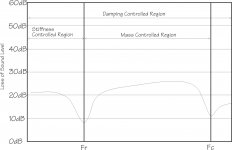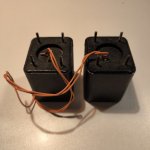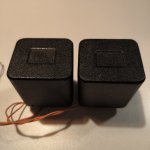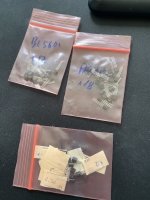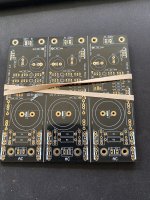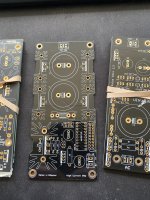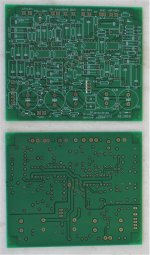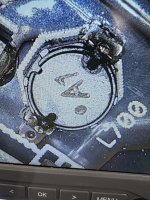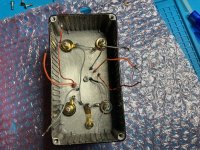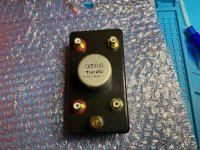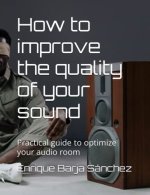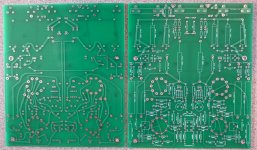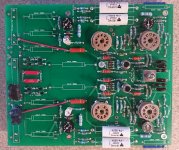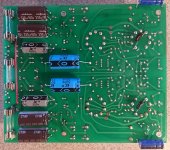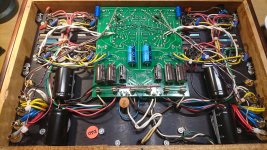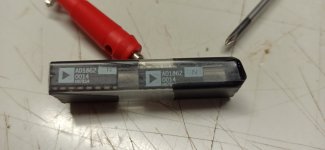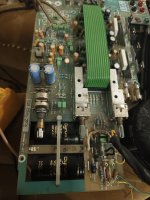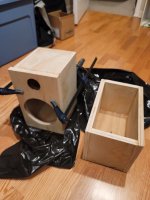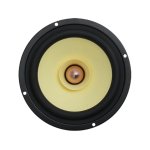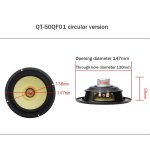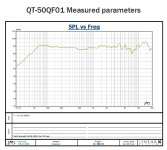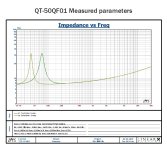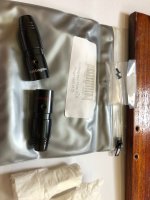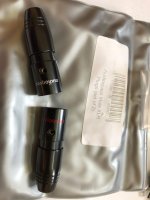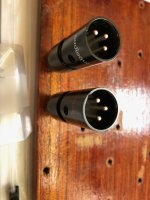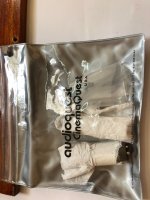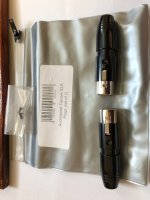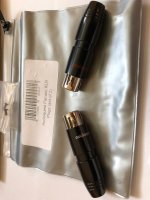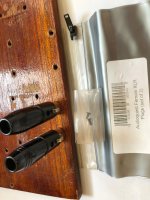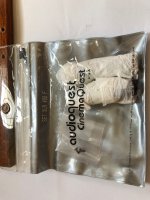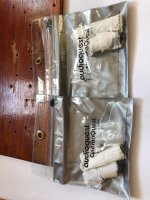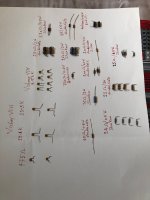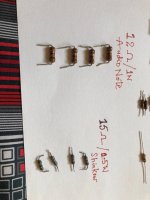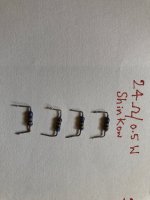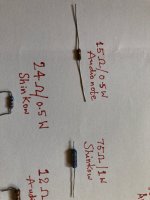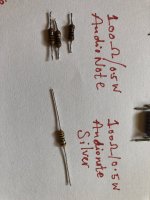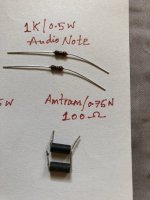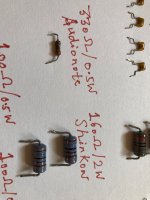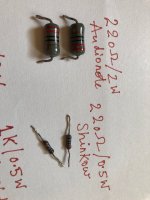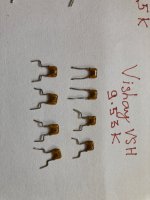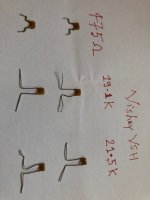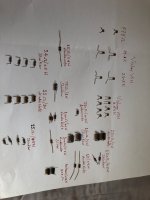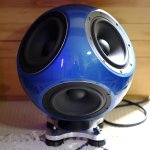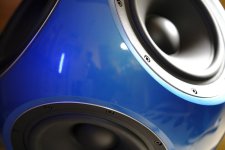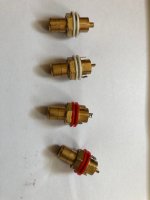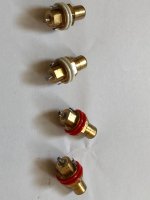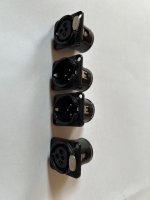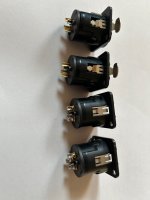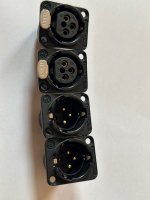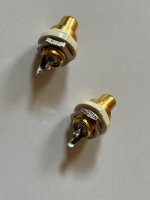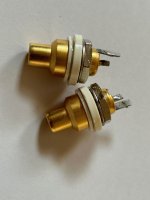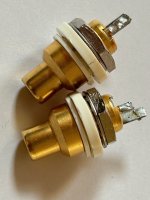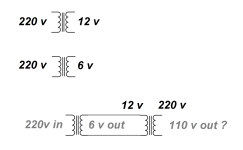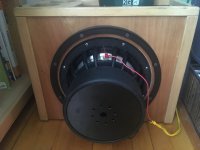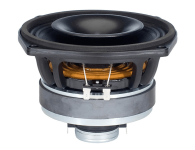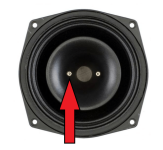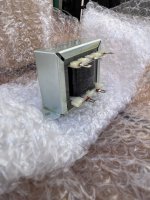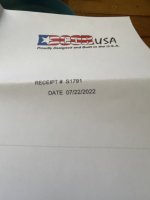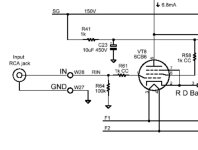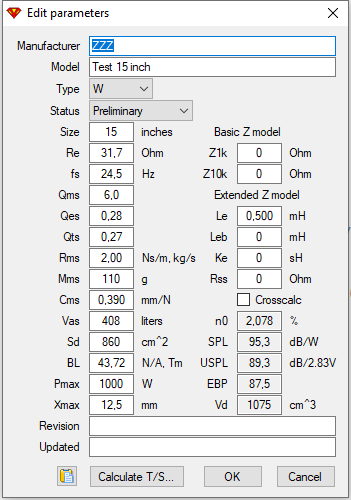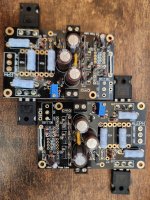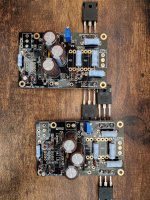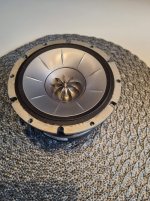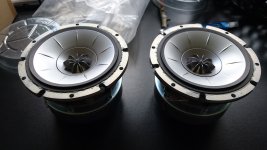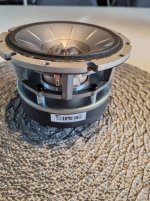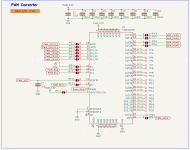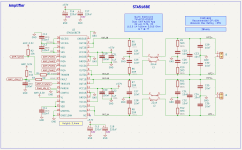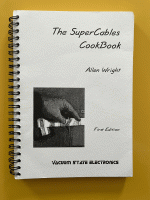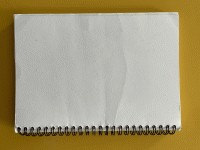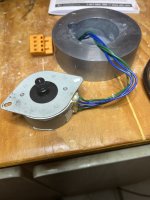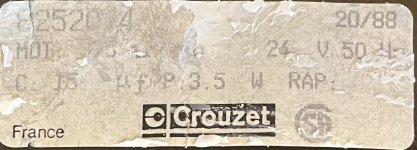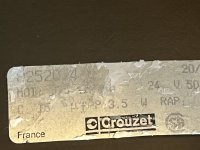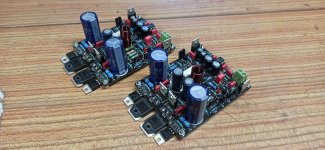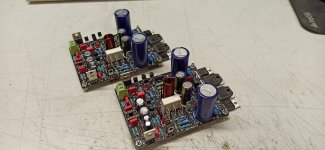DIY CLD Plinth Design--A measured Approach
- By Pyramid
- Analogue Source
- 628 Replies
I've been investigating different ways of building a better turntable plinth. There appears to be a lot of myth and misconception surrounding the techniques used in proper plinth design, and not just from the DIY crowd. I did a lot of on-line research, but the best resource I found was this site:
http://qualia.webs.com/plinthbuilding.htm
He also posts at these sites as well as others:
plinth building - audio qualia
Lenco Reference :: Damping factors
audio qualia - Information
The author does a great job of explaining the physics behind a seemingly simple concept of building a supporting structure for your turntable's components and applies the necessary amount of scientific rigor to the problem, rather than guessing at the results or just hap-hazzardly combining materials that may look good, but produce specious results. I highly recommend anyone interested in the subject to read through his website, but the short version of it (if I may paraphrase and with apologies to Bryan) goes something like this:
There are 3 areas of acoustic interest regarding the plinth, divided by 2 boundaries: One measured (resonant frequency) and one computed (critical frequency). All solid objects will have a resonant frequency (or multiple Fr) at which they will vibrate when excited properly. The critical frequency is computed and is affected by the density (P), thickness(h), Young's modulus (E) and Poisson's ratio (v) of the material: fc=[c^2*sqrt(12*P*(1-v^2)/E)]/(2*PI*h) (where c=speed of sound in air). The critical frequency is the frequency where the material becomes acoustically transparent. Vibrations that originate in the plinth (or a component such as a motor attached to the plinth) will propagate freely into other components and radiate sound into the air. Airborne vibrations at Fc or above, will freely enter the plinth and propagate into other components attached to the plinth.
Below the resonant frequency, vibrations are mainly controlled by the bending stiffness of the material. Between the Fr and Fc, mass loading mainly controls the vibrations and above Fc, only damping controls the vibrations, although damping has an effect across all 3 areas. Ideally, you want some spacing between Fr and Fc for mass loading to be effective; if Fc is at or below Fr, increasing mass will have no effect on vibration control. Increasing thickness lowers Fc and raises Fr, which are both undesirable, so you want a material which is thick enough to provide good stiffness, but not to thick that causes Fr and Fc to converge or cross. The ideal single material would be very dense, stiff (but not too stiff), thin and have good natural damping characteristics. Unfortunately, there doesn't seem to be a single material that hits every check box, so the next best thing is to combine materials into a layered construction.
The situation described above is valid for a plinth made of a single layer of homogenous material. It gets a little more complicated when you start to layer different materials. Finite Element Analysis may be the proper tool to analyze layered approaches, but simulators are only as good as the models you feed them and so far, I haven't found an adequate model for multilayer panels. I took a more empirical approach and measured/computed individual materials that seemed like good candidates, combined them in a number of ways and measured the composite results.
One of the most common approaches is to use a technique called Constrained Layer Damping or CLD. A number of mfrs claim to use CLD plinths, but technically, they aren't CLD. CLD uses two stiff outer layers that are attached to an inner damping layer via a visco-elastic layer between each section that dissipates the vibrations as heat when the layers flex. The VE layer needs to be elastic, but have high sheer strength and be thin enough not to create a "sprung" design. The author of the reference website explained it this way: If you hold a piece of glass between your fingers and strike it, it will ring. If you loosely place another piece of glass on top of it, the first layer will be damped and ring for a much shorter time. If you tightly bond both pieces of glass together, they act as a single layer of glass and will ring when struck again. I'm confused by some of the commercial designs that seem to ignore the basic premise of CLD design. Instead of a damping layer sandwiched between 2 stiff layers, with visco-elastic material between them, they have a stiff layer (aluminum) sandwiched between 2 damping layers (MDF or acrylic) with rigid glue holding them together, and fairly substantial hardware bolted through all three layers (feet, platter bearing, tone arm mount) that will reduce the isolation created by separate layers. ClearAudio does a good job of this using thin aluminum outer layers, with a thick layer of Panzerholz between them, which has excellent damping characteristics. VPI uses MDF-Aluminum-MDF which does not provide the optimum characteristics, and bolts the layers together as well as gluing them. When I eventually settled on the materials and construction that I wanted to use, I mounted the platter bearing and tone arm to the top stiff layer only, they are isolated from the damping layer and the bottom stiff layer. Likewise, the feet are attached to the bottom stiff layer only and isolated from the damping layer and top stiff layer. This provides maximum coupling between the platter and tonearm, but minimum coupling between the platter/tonearm and the outside world.
http://qualia.webs.com/plinthbuilding.htm
He also posts at these sites as well as others:
plinth building - audio qualia
Lenco Reference :: Damping factors
audio qualia - Information
The author does a great job of explaining the physics behind a seemingly simple concept of building a supporting structure for your turntable's components and applies the necessary amount of scientific rigor to the problem, rather than guessing at the results or just hap-hazzardly combining materials that may look good, but produce specious results. I highly recommend anyone interested in the subject to read through his website, but the short version of it (if I may paraphrase and with apologies to Bryan) goes something like this:
There are 3 areas of acoustic interest regarding the plinth, divided by 2 boundaries: One measured (resonant frequency) and one computed (critical frequency). All solid objects will have a resonant frequency (or multiple Fr) at which they will vibrate when excited properly. The critical frequency is computed and is affected by the density (P), thickness(h), Young's modulus (E) and Poisson's ratio (v) of the material: fc=[c^2*sqrt(12*P*(1-v^2)/E)]/(2*PI*h) (where c=speed of sound in air). The critical frequency is the frequency where the material becomes acoustically transparent. Vibrations that originate in the plinth (or a component such as a motor attached to the plinth) will propagate freely into other components and radiate sound into the air. Airborne vibrations at Fc or above, will freely enter the plinth and propagate into other components attached to the plinth.
Below the resonant frequency, vibrations are mainly controlled by the bending stiffness of the material. Between the Fr and Fc, mass loading mainly controls the vibrations and above Fc, only damping controls the vibrations, although damping has an effect across all 3 areas. Ideally, you want some spacing between Fr and Fc for mass loading to be effective; if Fc is at or below Fr, increasing mass will have no effect on vibration control. Increasing thickness lowers Fc and raises Fr, which are both undesirable, so you want a material which is thick enough to provide good stiffness, but not to thick that causes Fr and Fc to converge or cross. The ideal single material would be very dense, stiff (but not too stiff), thin and have good natural damping characteristics. Unfortunately, there doesn't seem to be a single material that hits every check box, so the next best thing is to combine materials into a layered construction.
The situation described above is valid for a plinth made of a single layer of homogenous material. It gets a little more complicated when you start to layer different materials. Finite Element Analysis may be the proper tool to analyze layered approaches, but simulators are only as good as the models you feed them and so far, I haven't found an adequate model for multilayer panels. I took a more empirical approach and measured/computed individual materials that seemed like good candidates, combined them in a number of ways and measured the composite results.
One of the most common approaches is to use a technique called Constrained Layer Damping or CLD. A number of mfrs claim to use CLD plinths, but technically, they aren't CLD. CLD uses two stiff outer layers that are attached to an inner damping layer via a visco-elastic layer between each section that dissipates the vibrations as heat when the layers flex. The VE layer needs to be elastic, but have high sheer strength and be thin enough not to create a "sprung" design. The author of the reference website explained it this way: If you hold a piece of glass between your fingers and strike it, it will ring. If you loosely place another piece of glass on top of it, the first layer will be damped and ring for a much shorter time. If you tightly bond both pieces of glass together, they act as a single layer of glass and will ring when struck again. I'm confused by some of the commercial designs that seem to ignore the basic premise of CLD design. Instead of a damping layer sandwiched between 2 stiff layers, with visco-elastic material between them, they have a stiff layer (aluminum) sandwiched between 2 damping layers (MDF or acrylic) with rigid glue holding them together, and fairly substantial hardware bolted through all three layers (feet, platter bearing, tone arm mount) that will reduce the isolation created by separate layers. ClearAudio does a good job of this using thin aluminum outer layers, with a thick layer of Panzerholz between them, which has excellent damping characteristics. VPI uses MDF-Aluminum-MDF which does not provide the optimum characteristics, and bolts the layers together as well as gluing them. When I eventually settled on the materials and construction that I wanted to use, I mounted the platter bearing and tone arm to the top stiff layer only, they are isolated from the damping layer and the bottom stiff layer. Likewise, the feet are attached to the bottom stiff layer only and isolated from the damping layer and top stiff layer. This provides maximum coupling between the platter and tonearm, but minimum coupling between the platter/tonearm and the outside world.
